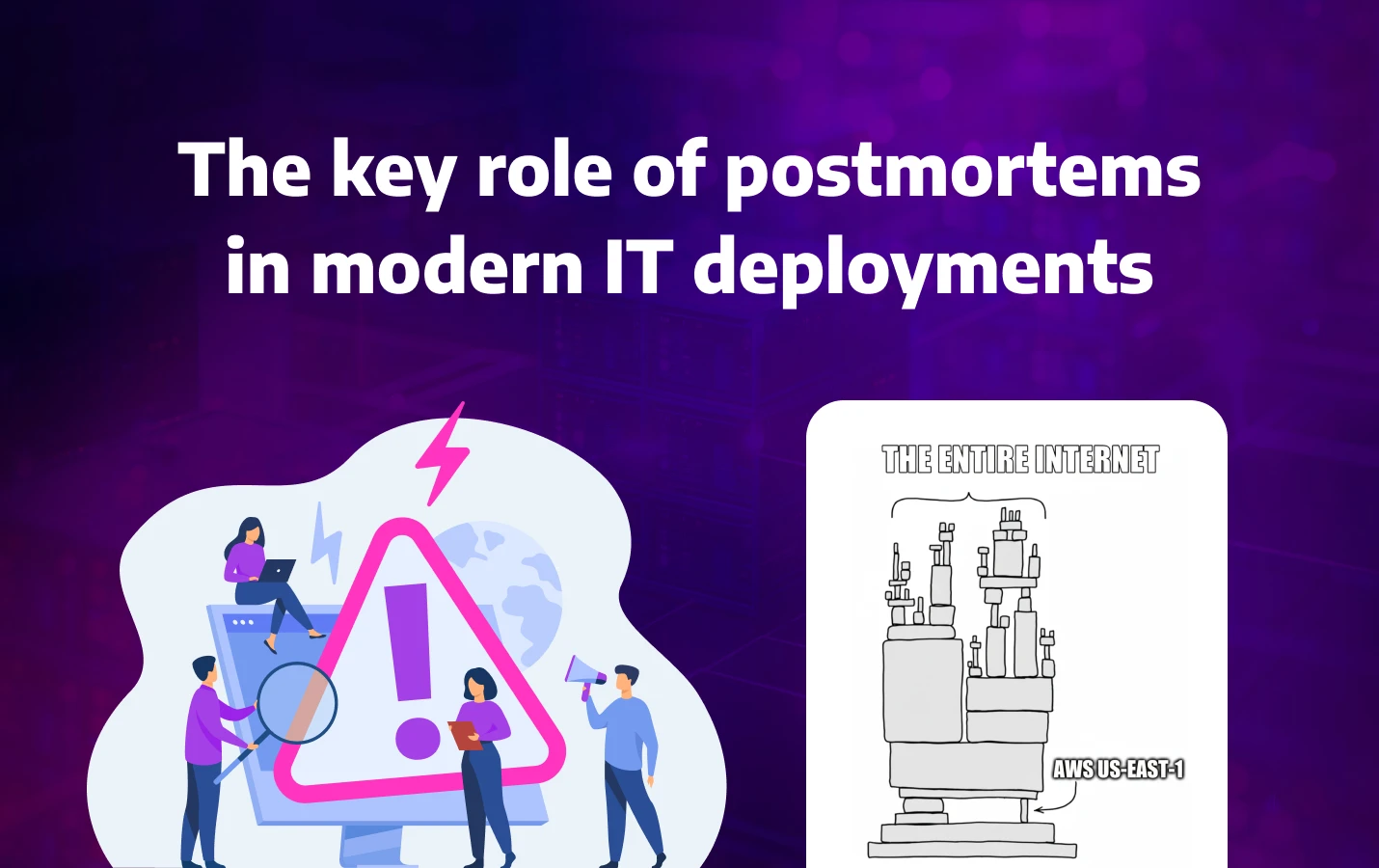Let’s face a core truth of our industry, which everyone knows but is seldom mentioned: We all know that in technology, something will always go wrong; we only don’t know when.
If we accept this premise, the goal shifts. It’s not about achieving perfection, 100% uptime, but ensuring that when something fails, at least it happens for a different reason. If the same problem repeats, we aren’t addressing those failures; therefore, we are at fault, and there is no way around it.
Postmortems are essential to avoid tripping twice with the same rock; they are not a finger-pointing exercise, but an excellent tool for transformation.
From Incident to Insight
A Postmortem is an in-depth, detailed analysis conducted after a significant incident or upon completing a project that didn’t go as planned. Its objective is simple yet profound: to understand “what” and “why” things went the way they did; this is the only way to learn how to prevent similar issues in the future.
The real magic happens when, via a Root Cause Analysis (RCA), you learn the true origin of the problem; finding it, it’s like solving a brilliant, high-stakes puzzle—and the reward is not just knowledge, but long-term stability.
The postmortem process is a dynamic blend of identifying the impact, documenting lessons learned, and defining clear corrective actions. It’s an investment in your future self, ensuring that history does not repeat.
In our experience, three critical success factors make the difference between a performative exercise and a transformational one:
- Not an exercise of blaming and/or finger-pointing.
- Generates new insights and understanding of your organization and current processes, leading to the identification of the root cause of the problem.
- It generates fuel for future improvements.
Not a Blaming Game
A genuinely healthy postmortem culture is blameless. The focus is on system flaws and process gaps, not individual errors. This psychological safety allows teams to be completely honest and transparent about what happened.
A Knowledge Generator
Every failure generates a treasure trove of data. This documented history allows us to continuously improve our processes, technology, and project management standards.
Improvement Fuel
By transforming chaos into concrete action items, the postmortem process ensures that the next thing we build is stronger, faster, and more resilient than the last.
The Emotional Component
If you are leading the process, recognize the challenge of starting a postmortem in the immediate aftermath of a high-stress incident. The team is drained and stressed out, and the adrenaline is still high. Revisiting the details can feel overwhelming and even generate uncertainty and fear for each person’s job.
As a leader, you must not add more stress to your team, yet do it right then and there when the insights are sharpest—when timelines are still intact, decisions are recent, and context hasn’t faded. Capturing that clarity is critical. That’s why technical teams often need support from leadership—not just permission to take the time but constructive feedback that helps turn raw experience into actionable learning.
So, the next time an incident strikes, don’t just fix it and move on. Celebrate the opportunity to learn. Embrace the postmortem process— the vital feedback loop turns an inevitable failure into a permanent victory for your team.
If your team still treats postmortems as optional or punitive, it might be time for a mindset shift. The best way to future-proof your systems and culture is to turn every failure into a structured learning opportunity. If you’re exploring how to build this resilience into your operations, we’re always happy to share what worked (and what didn’t) for us. Reach out.
Reviewer: Eduardo Mora
In this article, AI was used to check grammar and syntax.
